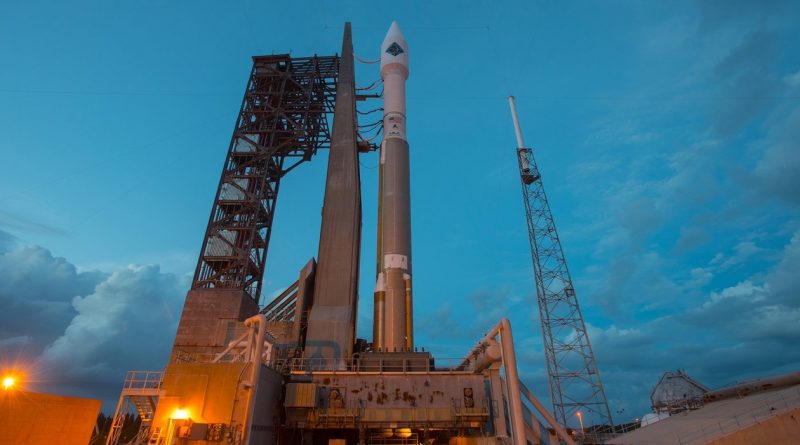Florida Weather grounds Cygnus & Atlas V – Next Launch Attempt Friday
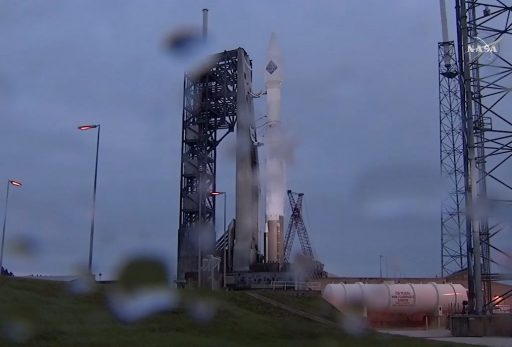
The return to flight of the Cygnus spacecraft and the very first mission of an Atlas V rocket in support of the International Space Station will have to wait at least one more day after bad weather kept the rocket on the ground on Thursday. The next launch attempt will be on Friday during a 30-minute window opening at 22:33 UTC, but Florida will remain under the same weather pattern, creating rather pessimistic odds of getting Atlas V off the pad before the weekend.
Atlas V was moved to Space Launch Complex 41 at Cape Canaveral Air Force Station on Wednesday in anticipation of heading into countdown operations on Thursday for a liftoff at 22:55 UTC. Countdown operations were very quiet as Atlas V was powered up and went through an extensive set of tests while teams at the pad buttoned up all facilities for liftoff.
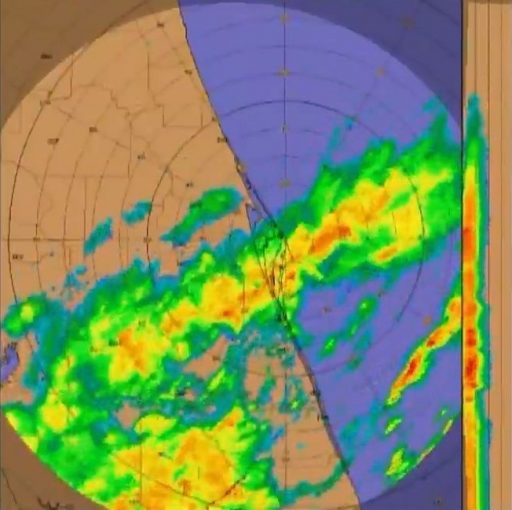
Weather, initially expected to be 60% favorable, took a turn for the worse when the cold front boundary expected to head south began stagnating over Central Florida – creating a band of showers that spanned from the west coast of Central Florida all the way to Cape Canaveral, bringing plenty of rain and cloud rule violations as well as higher than expected ground winds.
When the countdown was at T-2 hours, teams began evaluating the merits of committing to the launch attempt and beginning to tank the vehicle. Despite bad weather odds of only 30%, the team pressed on with fueling. The T-2-hour hold was extended by 15 minutes to allow pressures on the Centaur upper stage tanks to be adjusted after the stage was kept in a pressure-stabilized mode to endure high ground winds in the afternoon hours.
As Atlas V headed into tanking, rain began pouring over the launch pad and weather odds were lowered to a slim 10% chance of favorable conditions. With tanking already underway, the team decided to take the countdown all the way down to T-4 minutes, working through the standard checklist to get Atlas V ready for flight. Holding at T-4 minutes, teams were hoping to find a clearing in the weather to shoot for one of five discrete launch opportunities over the course of a 30-minute window. Unfortunately, weather did not cooperate at all and the launch team was forced to head into de-tanking of the Atlas V for a 24-hour turnaround.
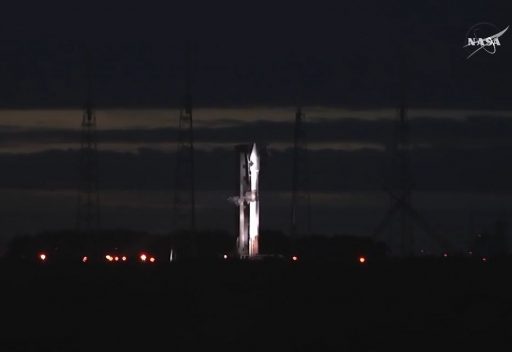
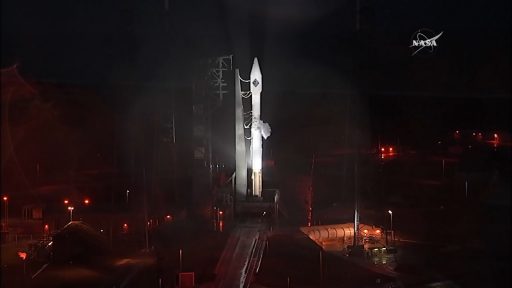
Friday’s 30-minute window opens at 22:33:11 UTC and includes launch opportunities at the opening second of that window followed by four T-0 targets spaced by seven and a half minutes in a setup where each opportunity requires its own unique ascent profile to enable Atlas V to steer back into the inertial plane of the ISS orbit. Future missions of the crewed Boeing Starliner spacecraft will have the same luxury of a 30-minute window, providing some flexibility in marginal weather conditions or when hit by minor technical trouble.
Provided Atlas V lifts off on Friday, Cygnus can look forward to arriving at the Space Station on Monday to make its delivery of 3,500kg of supplies including food, consumables, spare parts, science experiments and over a dozen small satellites.
Another backup launch slot is available on Saturday for a rendezvous on Tuesday. Should Cygnus launch after that, the spacecraft may have to linger in orbit to await in and outgoing traffic at the International Space Station as a Soyuz landing is coming up on December 11, the next Soyuz is inbound on the 15/16th and a Progress rotation is coming up after that.
For Friday, meteorologists are not particularly optimistic, issuing a 70% chance of weather rule violations as the same weather pattern remains in place for at least the next 24 hours. The cold front boundary will move to the south, possibly taking the rain band several Kilometers south of Cape Canaveral, but the northward drift will again be present and could carry rain and thick clouds over SLC-41. Also, ground winds may pick up and become a concern during the countdown.
Nevertheless, teams will be back on Friday to cycle back into countdown operations to see if the weather can take a positive trend to send Cygnus on its way for a visit to the International Space Station.

